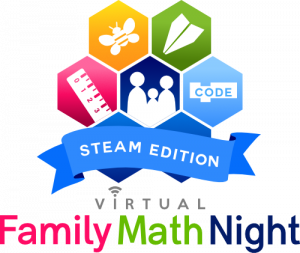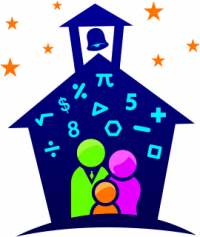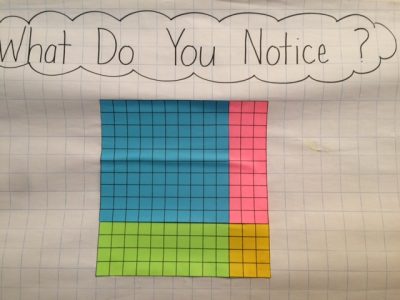Virtual Family Math Night – STEAM Edition
We did it again! I’m excited to share with you that we created another amazing virtual Family Math Night event. This latest one has a STEAM emphasis and, like our original event, is filled with lots of fun, virtual and hands-on activities. Includes three brand new stations: A Paper Airplane Station where families will be creating paper airplanes then measuring and collecting flight data for a school-wide graph. At the Coding Station, students will have fun “programming” their parent* to do silly things. Then at the Honeycomb Station they’ll be…




